The Henry Ford | Dymaxion House
June 16, 2015
I had heard about Buckminster Fuller’s Dymaxion House — I remember seeing it in plans and photos at an show at the Whitney in 2008 — so when I heard that the only existing house was in the Henry Ford, near Detroit where I was visiting, I was very excited to get to see it and walk through it.
After World War II, the country was anticipating a huge influx of returning servicemen looking to buy new homes and to start families. Buckminster Fuller had the idea of using the excess capacity of airplane factories left over from the war to build new homes. The houses could be shipped from the factory in a big tubes and could be easily installed, and even could be packed up and moved to a new location. However, Fuller was never able to get enough investors, so returning soldiers were sold conventional brick homes in in suburbs throughout the country, like those made famous in Levittown, Long Island.
Unfortunately, the homes that were most influenced by his radical design can now be found in trailer parks across America, where people live in affordable, manufactured metal homes with a small footprint, but with none of the glamour or design savvy of Bucky’s original.
Tech Bonus
Recently I have seen new “smart lightbulbs” which allow you to change the color temperature of your lighting using your phone. Almost 70 years ago Buckminster Fuller came up with the idea of allowing homeowners to adjust the lights to “Neutral” “Cool” “Warm” and “Off”.
© 2024 50 MUSEUMS IN 70 WEEKS | Theme by Eleven Themes

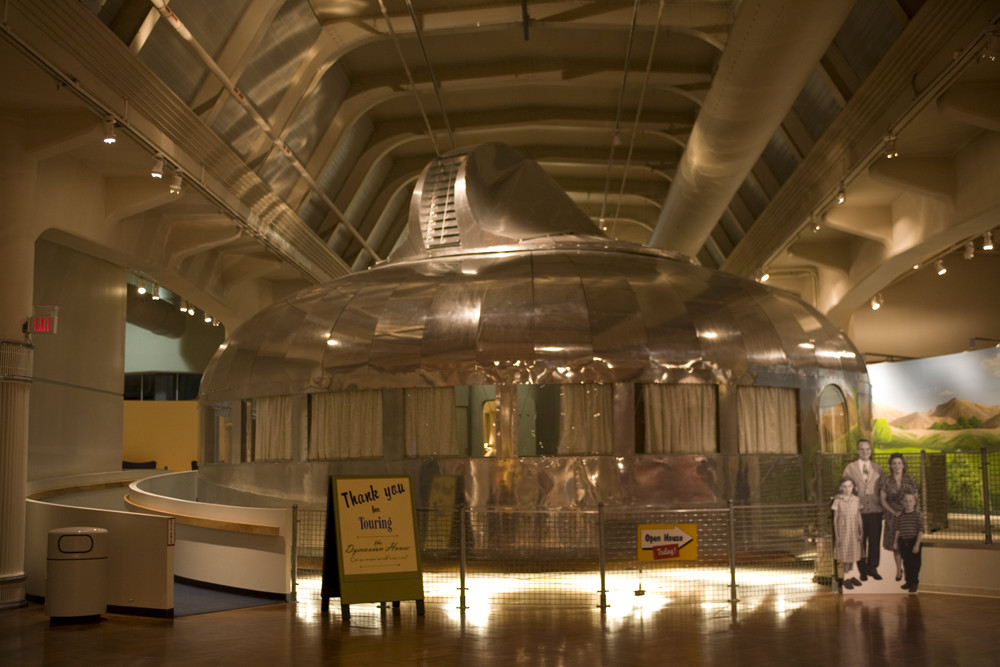
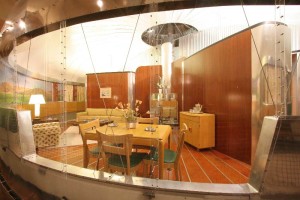
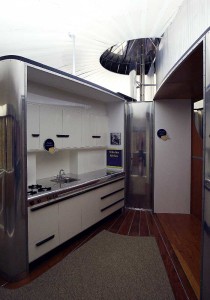
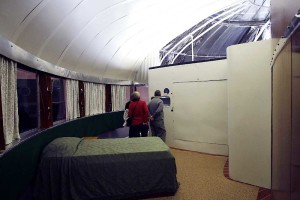
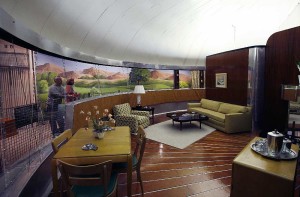
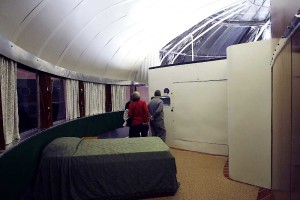

Leave a Comment